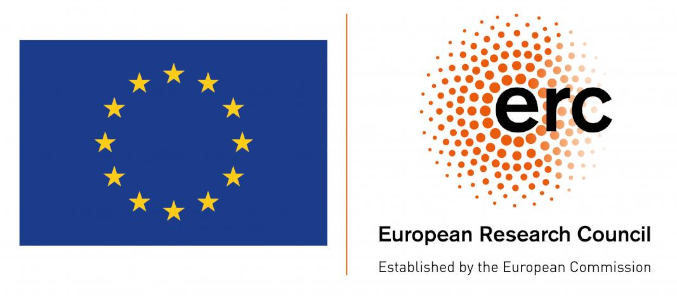 |
Dense Gas Toolbox |
 |
Density and Temperature from Molecular Multi-Line Spectroscopy |
||
What is it about?
The Dense Gas Toolbox (DGT) takes observed molecular line intensities as input and minimizes the line ratios against radiative transfer models in order to derive the mean (mass-weighted) density and temperature of the gas. The models assume an isothermal gas with an underlying density distribution (lognorm or lognorm+power law). Calculations of the molecular emissivity per density bin are based upon RADEX, that comprises molecular data from the Leiden Atomic and Molecular Database. The escape probabilities are calculated using the LVG method (spherical expansion). Molecular abundances and line optical depths that are used by DGT are calibrated through observations of the EMPIRE survey, i.e. the deepest extragalactic survey of dense gas tracers (HCN, HNC, HCO+) to date, through which nine nearby disk galaxies were mapped out to radii of ~10kpc.
Which molecular lines are included in the models?
In the current version (v1.3) of DGT the following rotational transitions are implemented in the frequency range between ~88 and ~345GHz:- 12CO (up to J=3)
- 13CO (up to J=3)
- C18O (up to J=3)
- C17O (up to J=3)
- HCN (up to J=3)
- HNC (up to J=3)
- HCO+ (up to J=3)
- CS (up to J=3)
Line Ratio Predictions
The Parameter Space Explorer is an interactive tool to visualize how molecular line ratios change with the model input parameters (density, temperature and width of the distribution).Where to find it
A science-ready version is now available, either as Python package through Zenodo/GitHub, or as Online Tool. The Python package is recommended for larger input tables/ascii files, while the Online Tool takes a single observation at a time.
If you find it useful...
...please cite:
Puschnig et al. (in prep.)
DOI: https://doi.org/10.5281/zenodo.3686329
Van der Tak et al (2007), A&A 468 627
Leroy et al. (2017), ApJ 835 217L
Contact
johannes.puschnig(at)uni-bonn.de
Johannes Puschnig
Argelander-Institut für Astronomie
Auf dem Hügel 71
53121 Bonn
Germany